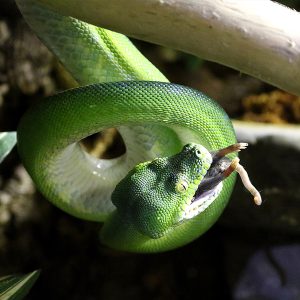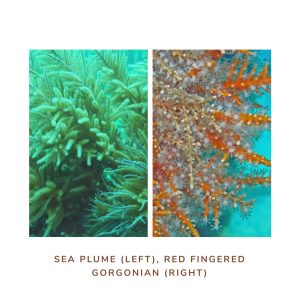What Are These Animals’ Favorite Meals?
All animals have their favorite foods, just like people do. This Thanksgiving, while humans are filling up on turkey and stuffing, these species want tasty treats like mice, crickets, crayfish and even sea monkeys.


///


///


///


///


///
You can see these animals and more when you visit Greater Cleveland Aquarium. Check out the Aquarium’s See & Do page for a chance to see some of these species and others dine on their favorite snacks.







